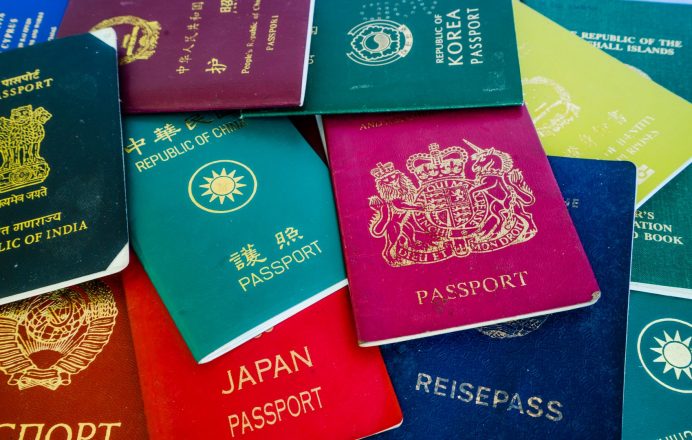취업 비자
뉴질랜드 시민이 아니거나 뉴질랜드 거주 비자, 특별임시비자, 군인비자가 없는 사람은 취업비자가 있어야 뉴질랜드에서 일할 수 있습니다.
취업 비자는 뉴질랜드에 도착한 날로부터 일반적으로 최대 3년(일부 필수기술직 근로자의 경우 최대 5년) 동안 뉴질랜드에서 일할 수 있습니다. 뉴질랜드에 정착하거나 사업을 시작하려는 사람에게는 거주 비자를 얻는 것이 더 적절할 것으로 보입니다.
호주 시민권자/영주권자는 뉴질랜드에서 일하고자 할 때 취업 비자가 필요하지 않으며 도착 시 호주 거주 비자가 발급됩니다. 그러나 2019년 10월 1일부터 호주 영주권자는 뉴질랜드로 여행하기 전에 뉴질랜드 전자 여행 허가권(New Zealand Electronic Travel Authority)을 소지해야 합니다.
취업 비자를 받을 수 있는 카테고리는 필수 전문직, 특정 목적 또는 행사, 인원을 보충하기 위한 시즌잡 비자 등 여러 가지가 있습니다.
장기적으로 전문 기술 부족 직업군 목록과 특정 기술이 필요한 지역별 리스트가 있습니다. 뉴질랜드 전역에 걸쳐 특히 건설업 분야에 심각한 인력 부족 상태를 겪고 있는데, 이처럼 특정 산업분야에 필요한 목록도 있습니다. 뉴질랜드에서 요구하는 특정 전문 기술을 가진 사람은 이민국으로부터 비교적 쉽게 임시 취업비자를 발급받을 수 있습니다. 취업비자 카테고리는 뉴질랜드 이민국에 들어가 더 자세히 알아보세요.
취업 비자를 받으려면 어떤 카테고리에 속하든 간에 신청자는 기본적인 건강 및 범죄 조회 요건을 충족시켜야 하며, 비자만료 예정일이로부터 최소 3개월 이상 유효한 여권을 소지해야 합니다. 신청자는 뉴질랜드에서 일할 계획을 사실에 의거한 증거로서 제시해야 합니다.
위와 같은 일반적인 요구 사항을 충족하는 신청자는 자신에게 해당되는 카테고리의 특정 요구 사항을 충족시켜야 합니다. 예를 들어, 필수 기술 취업 범주에 신청할 경우, 신청자는 뉴질랜드 고용주로부터 일자리 제안을 먼저 받아야 하는데, 여기에는 외국인 근로자 채용을 승인받거나 또는 적합한 뉴질랜드 구직자가 없음을 입증하는 것도 포함됩니다.

















































